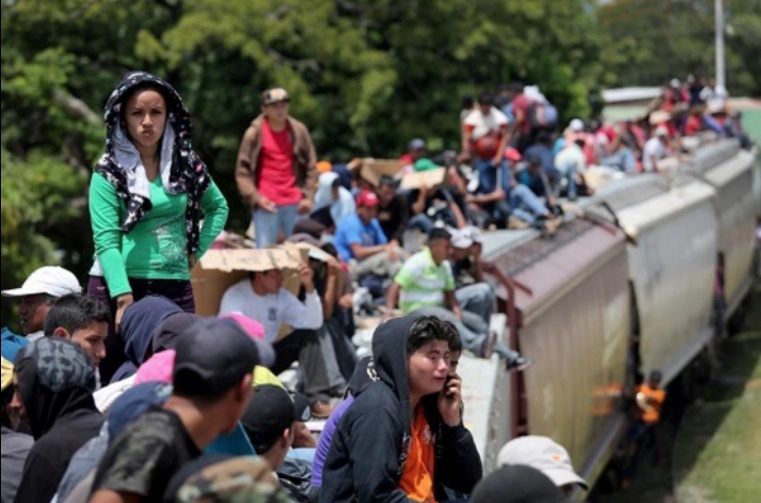In 2018, almost 8 out of 10 detected victims of trafficking in Central America and the Caribbean were girls and women, while in South America, 7 out of 10 victims were women, according to data from the United Nations Office on Drugs and Crime. Human trafficking, beyond the offense defined by each State, refers to a form of exploitation of persons, regardless of the exploitative purpose, be it sexual, labor, begging, organ removal, forced marriage, or surrogate motherhood, among others. This is a dramatic reality in our region that affects migrant women in particular.
Territorial displacement is an alternative to improve the living conditions of people and their families, particularly women in vulnerable situations. The main factors that lead these people to leave their countries are economic hardship and social exclusion, family problems, and gender inequality.
In the presence of this phenomenon, trafficking networks in Latin America take advantage of women’s vulnerability to deceive and exploit them, even for long periods of time. The networks use virtual tools to attract their victims and generally do not use physical coercion to capture and take them abroad. However, upon arrival at the final destination, many have their documents seized and are held until their debts are paid.
Despite this, many women do not realize that they are being exploited, much less that they are being trafficked. It seems that only forced prostitution (by coercion and threat) is associated with trafficking. Furthermore, trafficking resulting from misleading the conditions of prostitution is not perceived as trafficking by the women themselves, which is a major challenge in responding to the violation of their rights.
However, when women are aware of their exploitative situation the networks act by threatening them and their families, forcing them to remain in detention.
Despite the prevalence of men as recruiters of trafficked women, there are also many women recruiters who are able to convince other women of the advantages of joining sex networks through their “successful” experiences of prostitution abroad.
Although most women are recruited in their place of origin, there are also many who migrate independently and, once at their destination, end up in vulnerable situations and are recruited by exploitative networks. However, these cases usually do not fit the official “profile” of a victim of trafficking.
Gender-based violence and unequal relationships as a backdrop
When we talk about trafficking in women, it is important to understand that precarious relationships lead to contexts of vulnerability. The unequal relationships in which women live do not allow them to fully enjoy their rights, facilitate their treatment as objects, and place them in conditions of submission and oppression, as subjects without capabilities and knowledge.
Poverty affects women more than men, and the pandemic has exacerbated this situation, with 118 million Latin American women currently living in poverty, according to ECLAC. In addition, women have a disproportionate burden of care within their families. This reduces their chances of accessing formal and decent employment, as well as economic resources for their livelihoods and those of their families.
Moreover, inequality is reflected in the disparity in labor market participation between men and women worldwide, according to recent data from the International Labor Organization (ILO). While 76.1% of men are in the labor market, only 45.6% of women have a job. And women and girls are more likely to have precarious jobs. This shows that economic inequality is also based on gender inequality.
The relationship of subordination and domination between men and women influences how people can develop their personal, professional, and social skills, but it also helps us see how these roles contribute to gender-based violence and, consequently, in some cases, to trafficking in women. Therefore, violence against women dialogues with inequalities of class, race, and sexuality in an intersectional way, that is, they are inequalities that combine and reinforce each other.
For this reason, understanding the trafficking of women as an expression of gender violence is fundamental for the implementation of public policies in the States of origin and destination. Such policies must be able to promote rights and reduce gender inequalities between men and women.
Translated from Portuguese by Janaína Ruviaro da Silva













